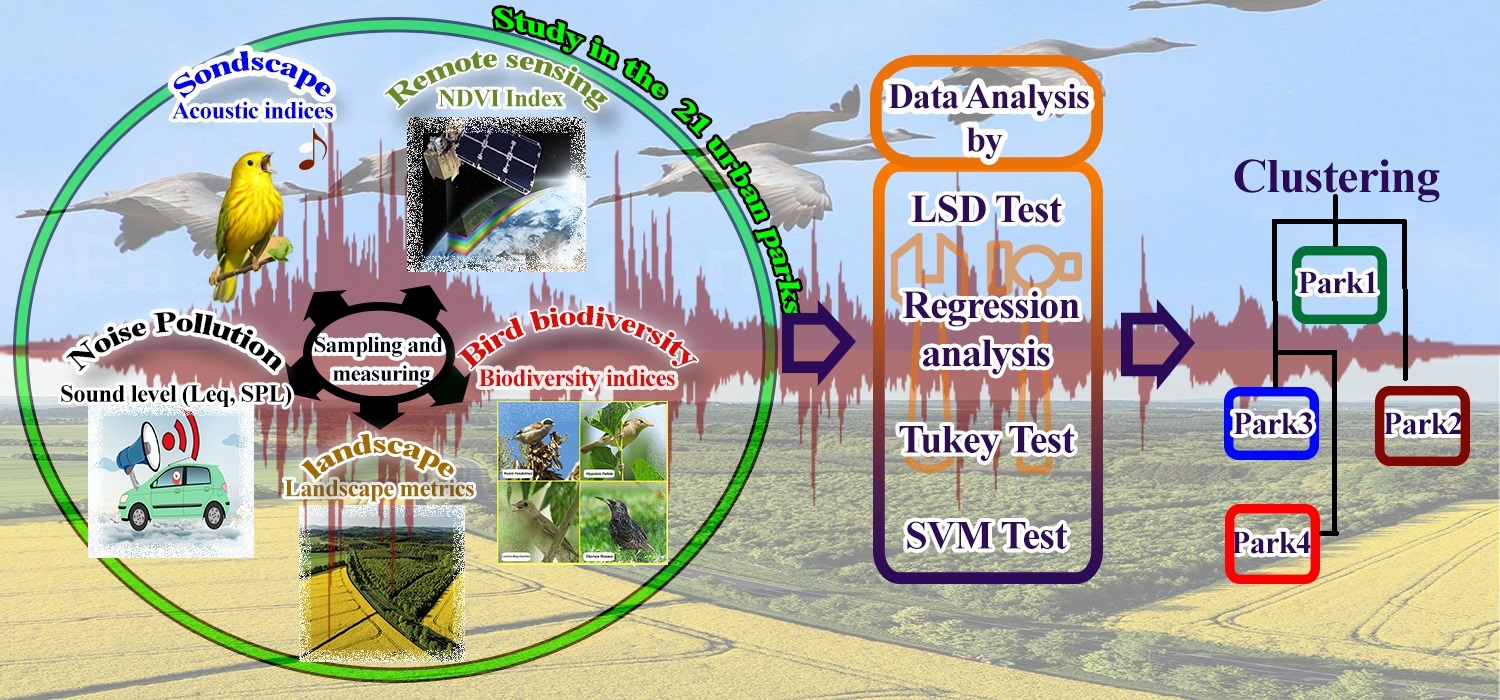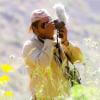Authors
Milad Latifi, Sima Fakheran, Minoo Moshtaghie, Mehrdad Ranaie and Parnian Mahmoudzadeh Tussi.
Abstract
Biophony and anthrophony analysis as part of the urban soundscape is an efficient approach to bird biodiversity monitoring and to studying the impact of noise pollution in urban parks. Here, we analyzed the soundscape composition to monitor the diversity of birds using acoustic indices and machine learning in 21 urban parks of Isfahan, Iran, in spring 2019. To achieve this purpose four-step method was considered: (i) choosing parks and sampling of sound and bird species; (ii) calculated the six acoustic indices; (iii) calculated the six biodiversity indices; and (iv) statistical analysis for predicting biodiversity index from acoustic indices. Three regression models including support vector machine (SVM), random forest (RF), and elastic net regularization (GLMNET) applied the acoustic indices with minimum and maximum recorded thresholds to feature extraction to measure biodiversity indicators. The optimization model was applied to reduce the independent variables. Generally, more than 18,000 samples were modeled for the dependent variables in each model. The regression results demonstrated that the highest R square was related to the songbird (0.93), evenness (0.92), and richness (0.9) indecies in the SVM model and the Shannon index (0.86) in the RF model. The results of acoustics analysis demonstrated that the Acoustic Entropy Index (H), Normalized Difference Soundscape Index (NDSI), Bioacoustics Index (BI), and Acoustic Complexity Index (ACI) indices were suitable because they could serve as proxies for bird richness and activity that reflect differences in habitat quality. Our findings offer using acoustic indicators as an efficient approach for monitoring bird biodiversity in urban parks.







Add the first post in this thread.